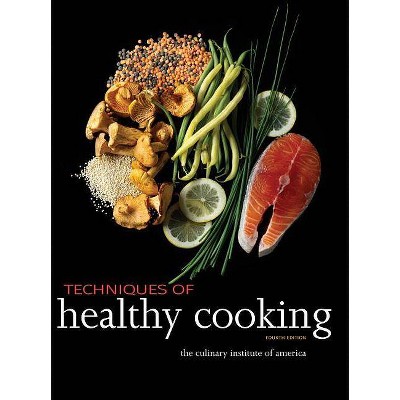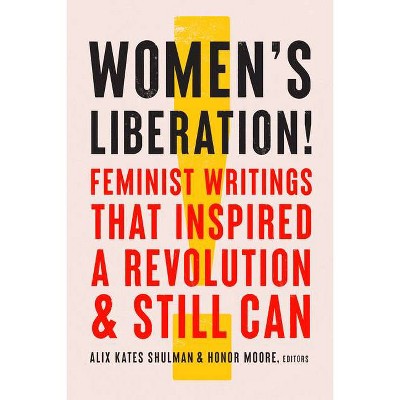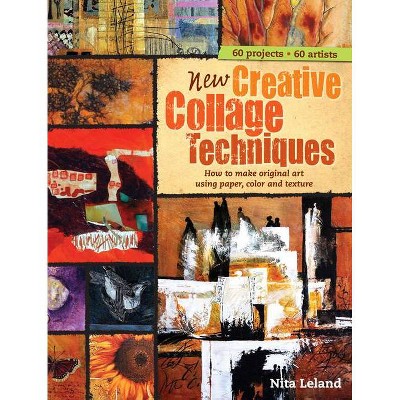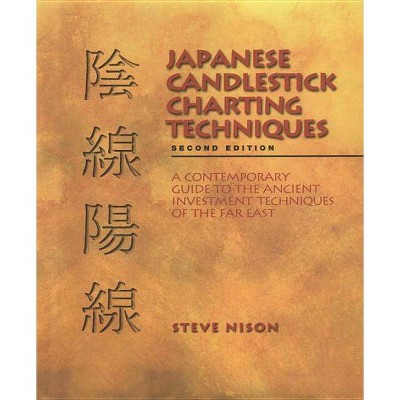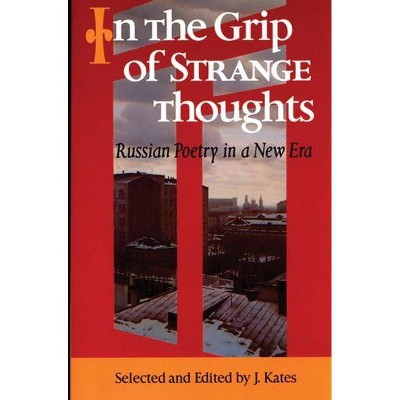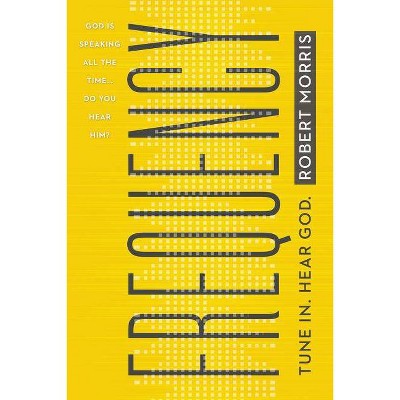Techniques of Lipidology - 3rd Edition by Morris Kates (Hardcover)
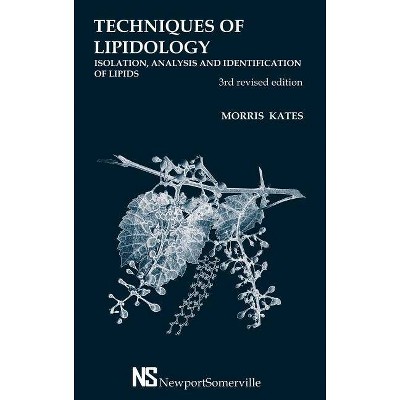
Similar Products
Products of same category from the store
AllProduct info
<p/><br></br><p><b> About the Book </b></p></br></br>'Techniques of Lipidology' can be considered a lipid research classic. This, the 3rd edition, describes how to extract lipids, to separate lipid classes from a total lipid extract, to analyze lipids by TLC, and to hydrolyze lipids. The book also includes a wealth of IR, NMR and mass spectrometry data about lipids and their hydrolysis products.<p/><br></br><p><b> Book Synopsis </b></p></br></br><p>'Techniques of Lipidology' can be considered a lipid research classic. This, the 3rd edition, describes how to extract lipids, to separate lipid classes from a total lipid extract, to analyze lipids by TLC, and to hydrolyze lipids. The book also includes a wealth of IR, NMR and mass spectrometry data about lipids and their hydrolysis products.</p> <p>Earlier editions of this book have served as a practical and fundamental guide to Lipidology for thousands of scientists worldwide. The original work by Dr. Morris Kates was published in 1972 and was followed by a second edition in 1986. In this, the 3rd edition, Dr. Kates incorporates key aspects of his own and related research since 1986, adding detail and expanding content to include groundbreaking findings related to cardiolipin, extremophiles, and the composition of cell membranes.</p> <p>The overall format and organization of the third edition is similar to that of the second edition, but has been considerably extended in scope and coverage. Comprehensive lists of figures, tables and equations have been added for the convenience of the reader. Finally, the book has been typeset on pages that are 35% larger than those of earlier editions. We trust that this revised edition will be useful to a wide group of experienced researchers and scientists in the fields of molecular biology, biochemistry and medicine.</p> <p><strong>Material covered - highlights: </strong></p> <ul> <li>Classification of lipids</li> <li>Spectral characteristics of lipids</li> <li>Reactions and calculations</li> <li>Equipment and supplies</li> <li>160+ Concise procedures: <ul> <li>Lipid extraction and analysis</li> <li>Separation of lipid mixtures</li> <li>Radioisotopic labelling, extraction and analysis of lipids</li> <li>Identification of lipids and lipid moieties</li> </ul> </li> </ul> <p>For ease of reference, the book now includes lists of figures, tables, and equations, and an expanded index and table of contents.</p> <p> 35 tables<br /> 43 figures <br /> 113 equations<br /> 350+ structures<br /> 800+ references<br /> 160+ concise procedures</p> <p><strong>Audience: </strong> Lipid researchers, as well as biochemists and molecular biologists whose research has led them to the analytical biochemistry of lipids.</p><p/><br></br><p><b> Review Quotes </b></p></br></br><br>"If your main area of research includes lipid analytical biochemistry, this chapter (4) makes the book worth purchasing." AOCS INFORM January 2013, Vol. 24 (1) - 37 -------------------------------------------- "The 3rd revised edition of the book 'Techniques of Lipidology' represents an invaluable source of information for researchers working with lipids. This book can be considered one of the classics in the field of lipid research and it is especially necessary in the lipidomics era, characterized by a renewed interest in the role of lipids in many cellular processes and in particular, metabolic diseases such as obesity, atherosclerosis, stroke, hypertension and diabetes. Nowadays, rapid advances in technologies such as mass spectrometry (ESI-MS and MALDI), nuclear magnetic resonance and fluorescence spectroscopy have made it possible to quickly generate a lot of data on lipid composition of different animal tissues or microorganisms. In many cases however, this instrumental approach needs to be integrated with classical chemical approaches based on TLC analyses of the lipid extracts or, when dealing with novel lipid species, classical approaches must be applied to the analyses of hydrolysis products. The book describes how to extract lipids from different sources, to separate the main lipid classes from a total lipid extract, to analyze lipids by TLC, and to perform the correct procedures to hydrolyze lipids. The book also includes a lot of IR, NMR and mass spectrometry data about lipids and their hydrolysis products. It therefore represents a good guide to the lipid world. I believe that the availability of lipid data and techniques in the unified form presented in this book is extremely useful in laboratory practice." Dr. Angela Corcelli, Professor Faculty of Sciences at the University of Bari, Italy February, 2010 -------------------------------------------- "It has been a pleasure reading through this book in such a concerted fashion, something that I'd never done with previous editions - rather they were used as a laboratory manual to be dipped into and methodologies thumbed through, but in a piecemeal manner ... I was able to better appreciate just how well written are the analytical procedures in particular - even now they still retain a feeling of immediacy and expert witness; written by someone who has actually done them." Dr. Nicholas Russell, Professor Emeritus Imperial College, London February, 2010 --------------------------------------------<br>
Price History
Price Archive shows prices from various stores, lets you see history and find the cheapest. There is no actual sale on the website. For all support, inquiry and suggestion messagescommunication@pricearchive.us

